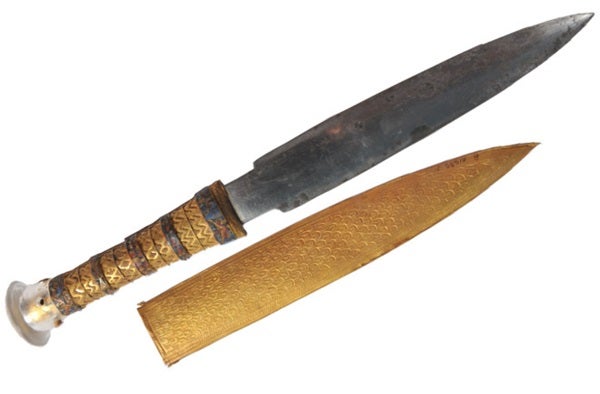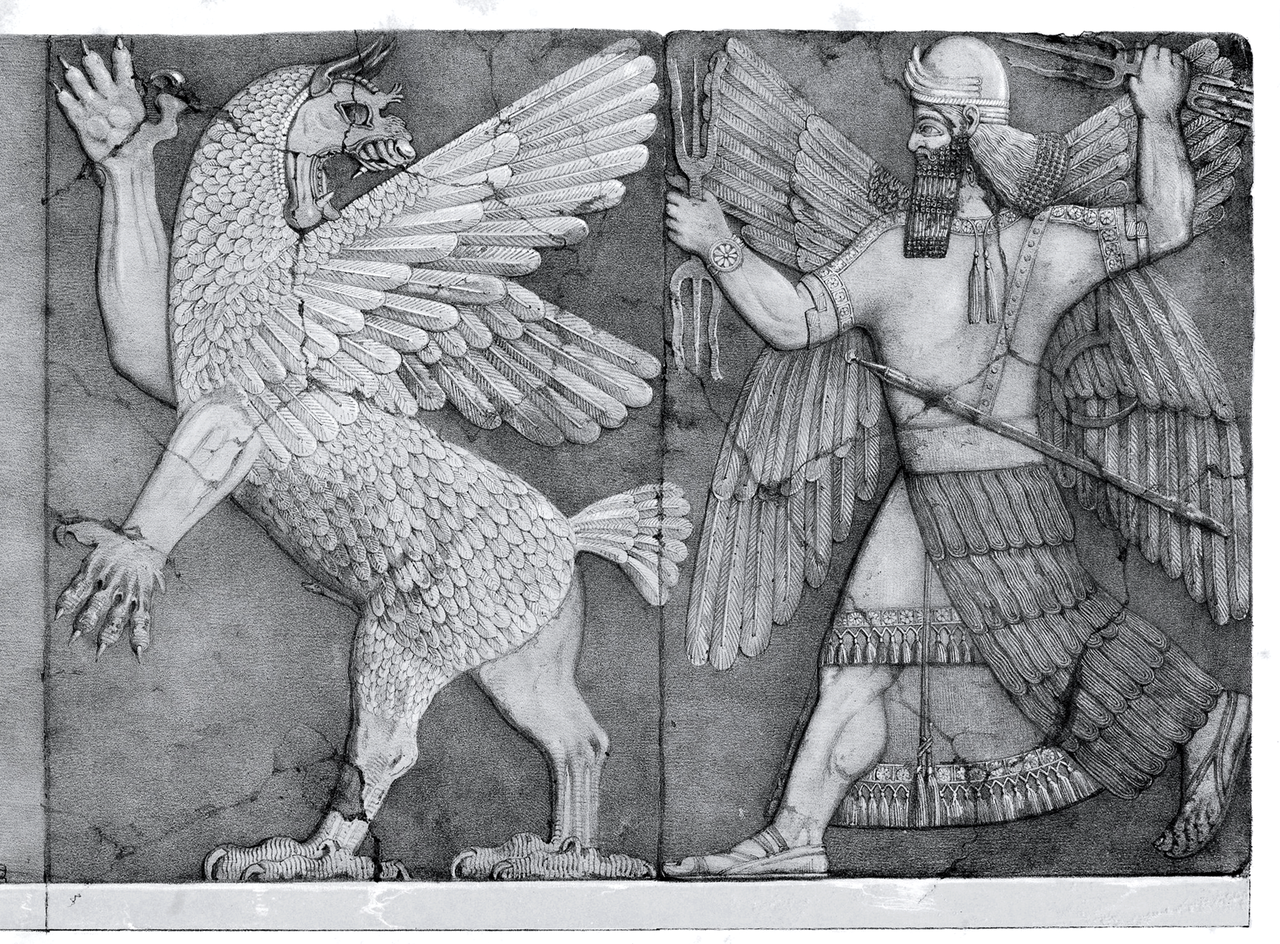51
New Beginnings / Magha V.S. Maga, and the Magi of Media, Persia
« Last post by Yeshu on May 05, 2024, 08:52:38 AM »
"Maga" in Avesta and "magha" in Sanskrit is derived from "maz/mah" meaning "to be great, magnanimous, liberal, generous." Maga/magha means "greatness, magnanimity, generosity." The adjective is magavan/maghavan, "great, liberal, generous, magnanimous." The Sanskrit adjective is used mostly in honor of Indira, the Rigvedic god of clouds and rains, who was "generous" enough to bring riches to the Vedic Aryans by driving the drought away.
Zarathushtra uses Maga for the "Fellowship" he founded through his existential philosophy and "Magavan" for every member of the "Magnanimity." The two words -- Maga and Magavan -- are mentioned for eight times in the Gathas (Maga: Songs 2:11, 11:14, 16:11, 16:16, 17.7 (twice), and Magavan: 6:7, 16:15). Zarathushtra calls his Maga as "maz, great" in two Gathic stanzas -- Maz Maga, the Great Magnanimity, Great Fellowship (2:11 and 11:14).
The gist of the above stanzas is that the Great Fellowship is based on its smallest unit – family- forming unity in "weal and woe." The units aggregate to include the entire living world. It teaches radiant happiness that reaches all. A person who consults righteousness, uses his/her good mind, and lives a life of progressive peace, qualifies to be a member of the Fellowship.
In the beginning Zarathushtra prays to Ahura Mazda to lead him to expand his newly founded Fellowship. Later, he is joined by King Vishtaspa and his sagacious team, and the work to promote the "Great Fellowship" gains a great momentum. Zarathushtra's "best wishes" come true when he watches the Fellowship grow far and wide.
In the west, the professional priests of Median "nation" were clever enough to retain their caste ("tribe" in the words of Herodotus), and at the same time call themselves Magu, the Median/Old Persian pronunciation of Magava(n). Magu (Magush as nominative singular masculine) was Grecized into Magos with Magi as its plural.
The word "magic" and other cognates, derived from Magu, show how highly learned and advanced were the Magi in their knowledge and crafts. They made non-Iranians wonder and imagine that they were watching "sorcerers" at work. This could happen to any backward people if they see modern scientific implements used by the advanced. We have many stories how people looked first at wireless, telephone, locomotive engine, train, and other inventions and imagined them to be magic and "products of the Devil." Some still do!
With the Magi's name and fame in mind, all the priests of the Babylonian and Assyrian priests of other creeds, all serving within the great Persian Empire for centuries, took the name "Magi" for themselves. It is simple to understand the rest of events, even the Three Wise Men who are said to have visited and paid their respects to the newborn Jesus. Every Magus in what we call Middle East was not Zoroastrian. He was just a "priest."
Even the very word "priest," shortened from "presbyteros," literally "elder," was originally applied to "a member of the governing body of an early Christian Church." Today most of the religious orders, including Traditionalist Zoroastrians, have "priests" for themselves. We have a few more examples in Guru, Yogi, and Mogul.
However, in the case of Jesus, it could be the Zoroastrian Magi because by that time the institutionalized Zoroastrianism was awaiting the miraculous birth of the "Saoshyant" from a virgin womb. The early Christians, most likely the gentiles, were finding a way to strengthen their story of the virgin birth by linking it to the "famous" Magi in the east. And who knows, some of the impatiently awaiting Magi did accept Jesus as the savior when they were about his virgin birth!
The Median "Magu" has survived in the Pahlavi writings of the Sassanian days: Magh/mogh and magog (priest), magaah (priesthood), magopat (mobed -- priest), Magopataan magopat (Mobedaan Mobed -- Chief Priest). The word "magopat," literally "magu-master," shows that the priest was the "Head of the Fellowship," a normal evolution of the Fellowship and those who directed it. Arabic "Maja»s" occurs in the Quran. It says: "Lo! Those who believe [Muslims], and those who are Jews, Sabeans, Christians, and the Magians [all four counted placed together as the People of Book], and those who are polytheists -- Lo! Allah will decide between them on the Day of Resurrection (22:17)." The Armenian language has mog, mogpet, and movpet. The Armenians were Zoroastrians before they embraced Christianity during the Sassanian period.
Persian has mogh (Zoroastrian, Zoroastrian priest) and mobed (Zoroastrian priest). The word "Mogh" occupies a high position in Persian poetry, especially in the Divaan of Haafez of Shiraz (cir. 1324-1391 CE). Par-Moghaan, the Zoroastrian Head Priest, is an inspirational guide to the master poet who is said to have the Quran memorized and was therefore called "Hafez." It may be added here that the term also means a "singing poet" in Persian, a term more fitting to what Hafez was with his lyrical ghazals at the royal court. His name was Shams al-Din, "The Sun of the Religion," a name given by his parents to a baby who grew into a lively liberal. His famous couplet:
Az aan be deir-e Moghaanam aziz mi-daarand
Ke aatashi ke namirad hamisheh dar del-e maast.
Translation:( I am held high at the Magian Temple
Because the Fire that never dies is always in my heart.
Although still surviving, the trend shows a fall of "Maga" from the World Fellowship of Zarathushtra 3700+ years ago to a dwindling community during the days of Hafez in 14th century CE. Yet the "Fire" was not out. It was live and livening!
In the #RigVeda #magha is commonly interpreted as 'gift', 'reward', 'wealth' and 'generosity'.
By 'gift' is meant what is bestowed from god(s) to men and by 'reward' what is given to the priest and his assistant from the donator who as the patron or institutor requests the sacrifice to be performed. Fundamentally therefore the 'reward' is the same with the 'gift'.
On the other hand the meaning 'generosity' may be said what is deduced from the meaning 'rich in gifts, generous, liberal' ascribed to #maghavan (as a derivation from magha-).
In the #Avesta the word appears as #maga and #magavan - here may be given all forms, together with their seemingly parallel forms from the Rig Veda in parenthesis, as follows: maga-: magem (Yasna 53:7; magham); magai (Yasna 29:11 [magai.a]; 46:14; 51:11; in the Rig Veda only maghaya, and not *maghai); magahya (Yasna 51:16; 53:7; maghasya) / magavan-: magaono (Yasna 33:7 -cf. p. 15; maghonah); magavabyo (Yasna 51:15 -cf. p. 15; maghavadbhyah).




 Recent Posts
Recent Posts





